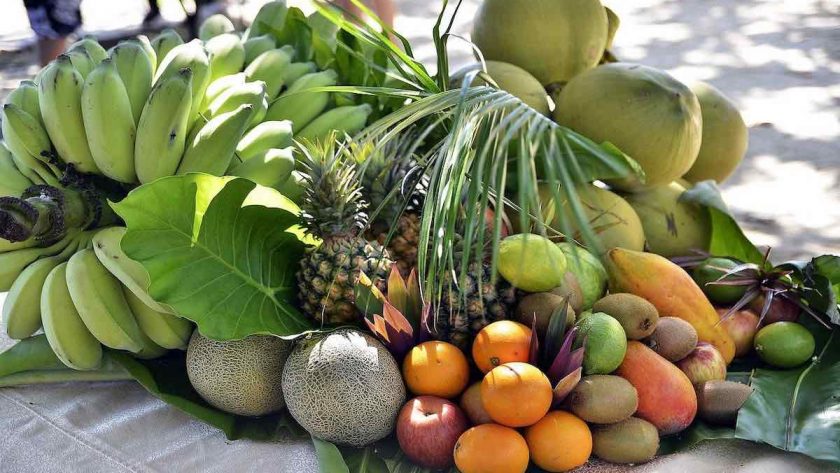This post is also available in:
 Español
Español
When Christopher Columbus discovered America back in 1492, a whole process of colonization began in the ‘new world’ that brought to Europe riches in the form of gold and precious stones. But also new flavors from the exotic fruits of South America that were unequally accepted in the Old Continent.
There were several reasons why they failed to adapt at first to the tastes of Europeans and therefore never made it across the pond to the disgrace of Western palates because in addition to being a source of exquisite flavors, they contain properties and exceptional nutrients for health.
Exotic fruits in Peru
In this country located in the southwestern part of the American continent and bordering the Pacific Ocean there is a huge variety of the exotic fruits of South America. Among the exotic fruits of Peru stand out the sweet granadilla, lucuma and cocona, their flavors are surprising! They are also known as the Peruvian exotic fruit.
Sweet granadilla
One of these unknown but absolutely delicious fruits is the passion fruit. It is of the passion fruit family, with a somewhat similar appearance but a totally different flavor and aroma that combines sweet and sour and sweet. The Peruvian gastronomy never stops never stops surprising us!
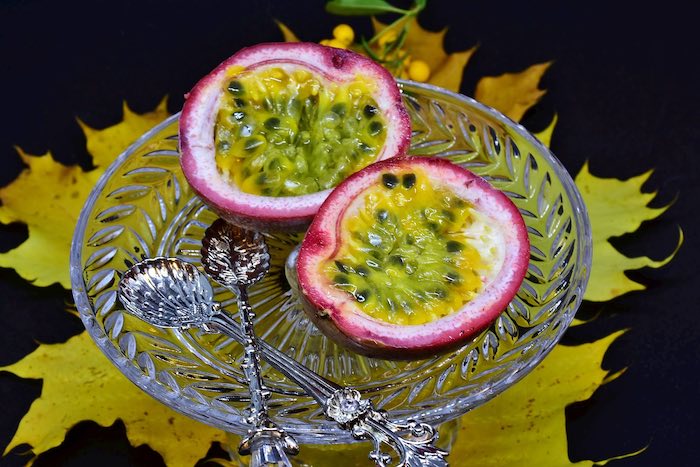
It is a fruit grown at high altitudes and in a tropical climate. It is small and oval with a stem and orange or purple color. Its shell is hard and inside it has black seeds covered by a transparent light green gelatinous pulp.
Lucuma
It is a fruit native to the Andean valleys of Peru and some areas of the Iquitos Jungle. It has a rounded shape protected by a delicate bright green layer. Its interior has a surprising orange color. On the palate it has a dry and starchy texture and in the center there are oval seeds. Traditionally it is consumed raw, but it is also used to make ice cream or desserts. We vote for ice cream!
Cocona
The cocona is a citrus fruit of large size and reddish color, although there are also small size and yellow color. Its skin is smooth and inside the pulp is thick and watery. It is famous for being very tasty and containing little sugar. It has a great nutritional value, you know what snack to take on your trip to Machu Picchu.
Exotic fruits in Colombia
The weather conditions in Colombia are very diverse, if you have made a visit to Ciudad Perdida you will know what we are talking about. But this diversity favors the variety of exotic fruits, bravo!
Guanabana
This large fruit is born in warm and humid climates of tropical forests, usually weighing almost 3 kilograms! The superficial part of the fruit contains green scales and in its interior white flesh with black seeds, similar to the custard apple. Nutritionally, this exotic fruit of South America is an exceptional source of vitamin C and contain a lot of iron, magnesium and potassium. As for its flavor, it is sweet and sour, many compare it to pineapple or strawberries.
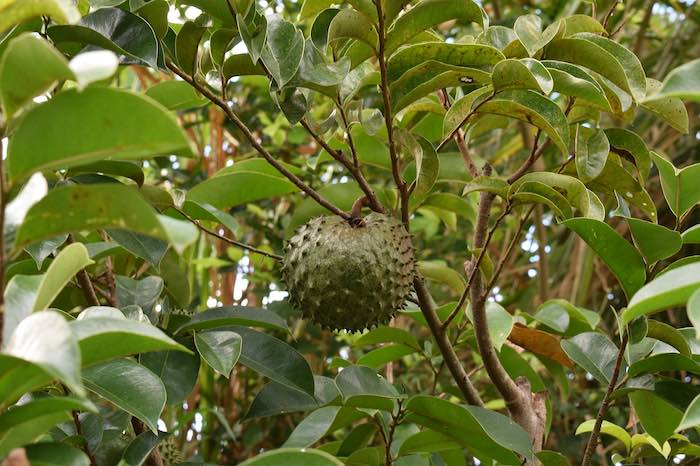
Mangostino
It is one of the most antioxidant fruits in nature. It is a small tropical fruit with hard red skin. Inside it has white segments (similar to garlic) with a soft texture and sweet flavor with a citric touch.
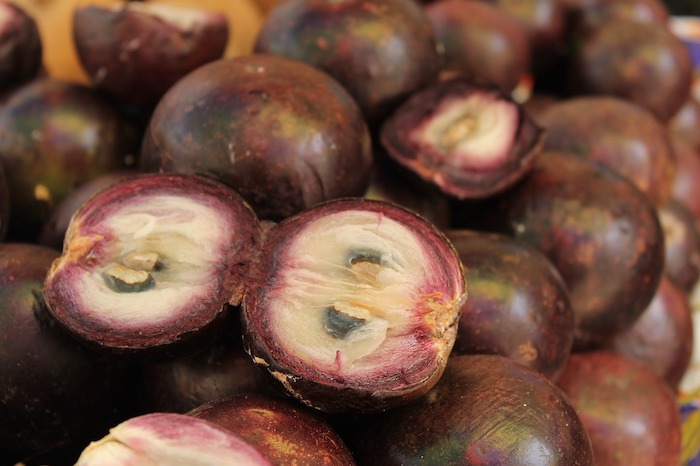
Camu camu
It is a shrub that produces a small fruit of green and reddish color similar to plum and whose interior is orange and juicy. This fruit is a spectacular source of vitamin C, containing up to 30 times more than an orange! It helps strengthen the defenses and makes it a great antibacterial.
Exotic fruits in Ecuador
Ecuador is a small country bordering Peru, Colombia, and the Pacific Ocean to the west. One of Ecuador’s best-known exotic fruits is the naranjilla, which is like anaranja, but chiquitilla. Not really. What is true is that it does not lag behind the rest of the Ecuadorian gastronomy.
Naranjilla
It looks like a small tomato, but it is orange in color and has an acidic flavor. Its interior is full of small seeds covered by a watery texture. Among its main uses is that of making juices combined with other fruits but also to prepare desserts or ice cream, even savory dishes.
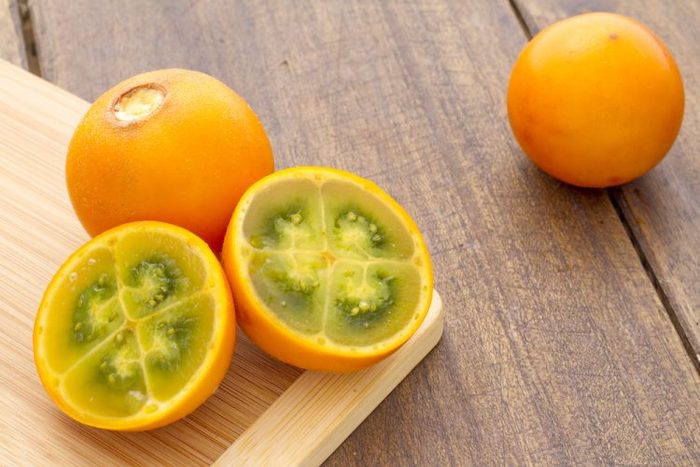
Exotic fruits in Mexico
In Mexican lands there is a great diversity of tropical fruits that are also cultivated in their lands but are originally from neighboring countries, but it is not all borrowed, the fruit par excellence of this country is the pitaya.
Pitaya
Also known as dragon fruit for its elongated appearance with scales that give it the shape of fire. It is a fruit that contains a sweet and soft pulp mainly white or red and has black seeds. A beautiful fruit on the outside and tasty on the inside. If you go on a excursion to Sian Ka’an with a pitaya even the crocodiles will become vegetarians. The taste is irresistible!
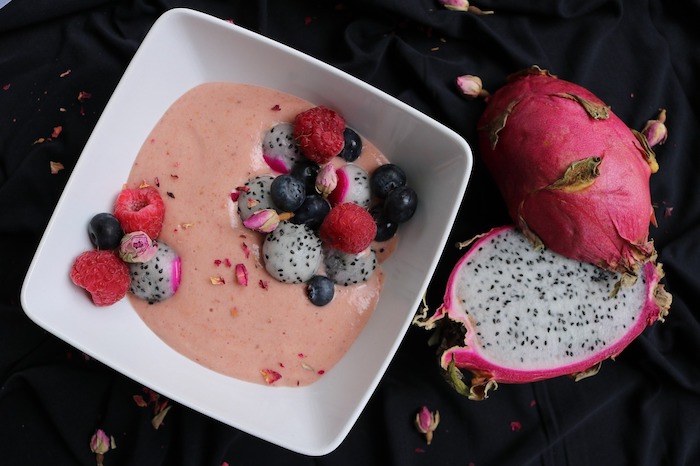
Exotic fruits in Bolivia
Bolivia due to its large extension of territory has a great diversity of tropical fruits unknown outside the continent, many of them are shared with Peru, where the nationality of some of them is debated.
Bolivia has a great diversity of tropical fruits unknown outside the continent, many of them are shared with Peru, where the nationality of some of them is debated.
Achachairu
If there is a fruit that is Bolivia’s heritage and you could only taste it there that is the achachairu. You can’t find these exotic fruits of South America in anywhere else but in practically every street corner in Santa Cruz de la Sierra or in any market in eastern Bolivia. The only place you might not find them is on your visit to Uyuni Salt Flats, but you won’t miss them, for sure!

How to identify it? It is small and oval in size, like an edible berry, and its flavor is sweet and sour. Its color is orange-brown but darkens as it ripens. It is a very popular fruit in Bolivia and a star ingredient in desserts, ice cream, soft drinks and milkshakes.
Guapuru
A tropical fruit of Bolivian origin with a sweet and sour flavor that grows around the trunk, as if it were a mushroom. It looks and tastes similar to grapes, is purple and white inside and very sweet. It is consumed fresh but also for making vinegars and liqueurs.

Copoazu
It is a fruit native to the Bolivian Amazon that contains high phosphorus content. It is large in size and has a hard brown skin and soft white pulp with large seeds. In Bolivia it is mainly used to make juices, jams and sweets.
Tree tomato
This fruit is between 4 and 8 centimeters long, has orange skin and a juicy and acid pulp full of seeds. For its proliferation it needs humid climates with temperate temperatures.
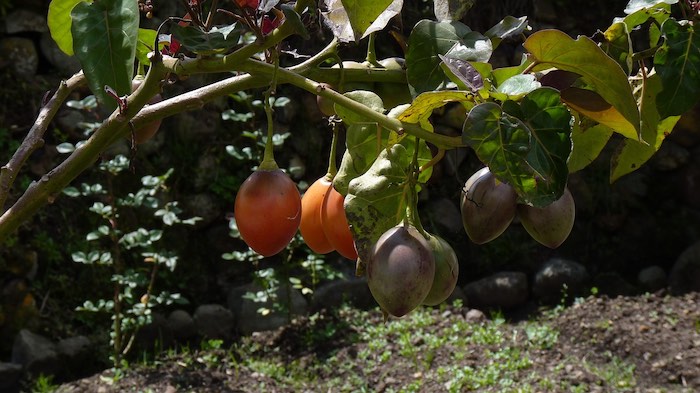
Exotic fruits in Chile
The country’s climate is humid and cold and these conditions facilitate the appearance of exotic fruits such as maqui, an exquisite fruit that grows on tall trees. It is dark in color and looks like a wild berry with a sour taste and is a great source of antioxidants!
If you imagine yourself walking down the streets of one of these South American countries, with a smoothie in your hand, it’s normal and rare that you wouldn’t. Who can resist these exotic fruits of South America? No one! We could say then that we are in the continent of temptations. Which is your biggest one?

